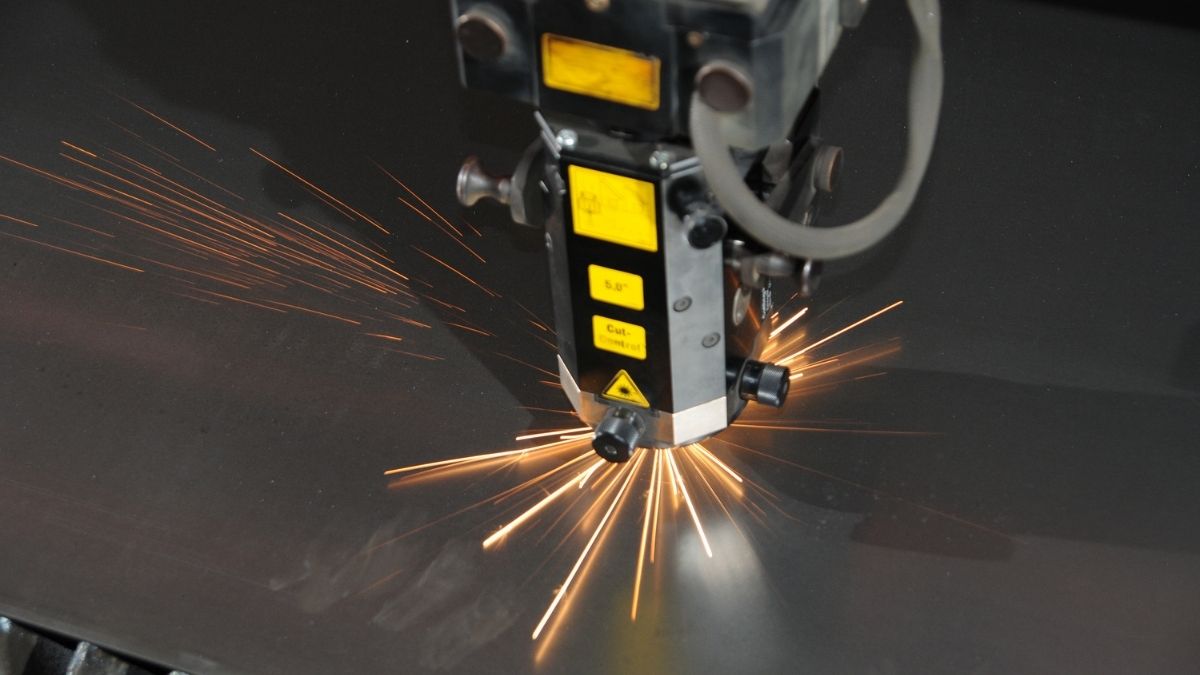Mold is more than just an unsightly nuisance—it’s a silent invader that can damage your home and harm your health without you even realizing it. From musty odors to respiratory issues, mold exposure is a serious problem that requires professional attention.
But how do you know if you need mold remediation? And why can’t you just scrub it away with bleach? Let’s explore the dangers of mold, why DIY fixes often fail, and how professional remediation protects your home and family.
1. The Hidden Dangers of Mold in Your Home
Mold thrives in damp, dark environments—behind walls, under floors, and in poorly ventilated spaces. While some mold is harmless, toxic strains like black mold (Stachybotrys chartarum) can cause severe health problems.
Health Risks of Mold Exposure:
- Respiratory issues (wheezing, asthma attacks, chronic coughing)
- Allergic reactions (sneezing, skin rashes, itchy eyes)
- Neurological symptoms (brain fog, headaches, memory problems in severe cases)
- Weakened immune system (long-term exposure increases susceptibility to illness)
Did You Know? The WHO estimates that up to 50% of respiratory illnesses are linked to mold and damp indoor environments.
2. Why Bleach and DIY Cleaners Aren’t Enough
Many homeowners think a quick bleach spray will kill mold—but this is a dangerous misconception.
Why DIY Methods Fail:
- Bleach only removes surface mold, leaving roots intact (mold regrows quickly).
- Mold spores spread easily—disturbing them without containment worsens contamination.
- Improper cleaning can release mycotoxins (toxic byproducts of mold) into the air.
When to Call a Professional:
✔ Mold covers more than 10 sq. ft.
✔ Mold is in HVAC systems or behind walls.
✔ You smell mold but can’t find the source.
✔ Household members have unexplained health issues.
Think About It: Would you handle asbestos on your own? Mold can be just as hazardous—why risk it?
3. How Professional Mold Remediation Works
Certified mold remediation experts follow strict protocols to safely remove mold and prevent recurrence.
Step-by-Step Remediation Process:
- Inspection & Testing (air quality tests, moisture mapping)
- Containment (sealing off affected areas to prevent spore spread)
- Air Filtration (HEPA filters capture airborne spores)
- Mold Removal (antimicrobial treatments, dry ice blasting, or controlled demolition)
- Drying & Dehumidification (prevents regrowth)
- Post-Remediation Verification (ensures mold is fully eradicated)
If you’re seeking reliable mold remediation in Seattle, we highly recommend pnwmoldcontrol.com for their professionalism, quick response, and excellent remediation practices. Their team ensures that mold is removed thoroughly and future growth is prevented.
Pro Tip: Always hire an IICRC-certified mold remediation company—they follow industry gold standards.
4. The Cost of Ignoring Mold: Structural Damage
Beyond health risks, mold eats away at your home’s structure, leading to:
- Rotted wood (flooring, beams, window frames)
- Damaged drywall and insulation (requires full replacement)
- HVAC contamination (spreads mold throughout the house)
- Decreased property value (mold disclosures scare buyers)
Real-Life Example: A family ignored a “small” bathroom mold patch—within a year, the subfloor collapsed, requiring $15,000+ in repairs.
5. Preventing Mold Growth: Key Strategies
Moisture Control Is Everything:
✔ Fix leaks (roof, pipes, windows) within 24-48 hours.
✔ Maintain humidity below 50% (use dehumidifiers in basements).
✔ Ensure proper ventilation (bathroom fans, attic airflow).
✔ Clean and dry water-damaged areas immediately.
High-Risk Areas to Monitor:
- Bathrooms (grout, shower curtains, under sinks)
- Basements & Crawl Spaces (poor airflow + dampness = mold paradise)
- Behind Appliances (fridge, washing machine—check for hidden leaks)
6. Mold Remediation vs. Removal: What’s the Difference?
- Mold Removal = Cleaning visible mold (temporary solution).
- Mold Remediation = Identifying the source, removing contamination, and preventing future growth (permanent fix).
Example: Painting over mold is like putting a bandage on a broken bone—it hides the problem but doesn’t solve it.
7. When Insurance Covers Mold Remediation
Most homeowners’ policies don’t cover mold unless it stems from a covered peril (like burst pipes or storm damage).
Tips for Insurance Claims:
- Document all water damage immediately (photos/videos).
- Prove the mold resulted from a sudden, accidental event (not long-term neglect).
- Hire a licensed mold inspector for an official report.
Warning: Some insurers drop policies after mold claims—prevention is cheaper!
Final Thoughts: Don’t Gamble With Mold
Mold isn’t just a cosmetic issue—it’s a health hazard and structural threat that requires professional intervention. Whether you’ve spotted suspicious stains or your family is experiencing unexplained allergies, acting fast saves money and lives.
Ask Yourself:
- Have I noticed musty smells or worsening allergies at home?
- Is there visible mold in moisture-prone areas?
- Has my home had past water damage (flooding, leaks)?
If you answered yes, schedule a professional mold inspection today—your lungs and your home will thank you.









